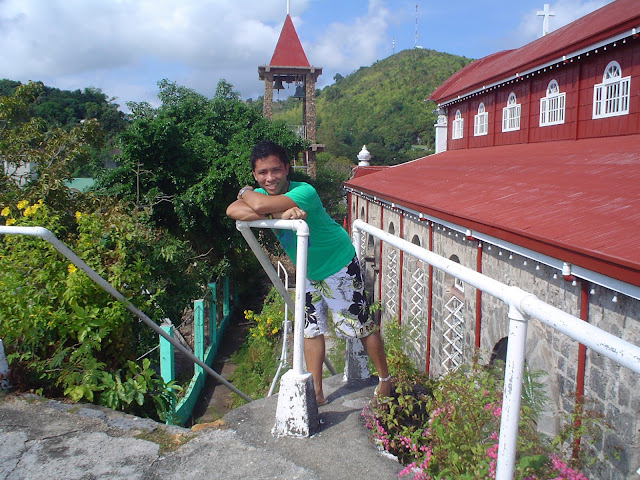The island of Culion with its similar named municipality was known in history as the largest leper colony in worldwide.
In 1622 the first missionaries arrived at the island to spread cristianity.
Fort Culion was built in 1740 for protection against the reoccuring moro raids.
The Island of Culion was declared a leper colony in 1904 by the ruling US american Gouvernor Wright due to the increasing number of lepronse.
On its 25th anniversary more than 16,000 leprose lived an isolated life on Culion.
With the arrival of medicines in 1947, the number of deseased was lowered dramatically until finally in 1992 the municipality of Culion was founded and the island itself became free for new settlements. The first municipal council in the history of this young settlement was elected in 1995.
Today, lepra is easily cured with cheap antibioitics and is no longer present in Culion and may be extincted worldwide in the near future.
When making a one day boat trip to Culion, make sure to visit the old spanish fort with its katholic church and the Lepra-Museum close to Culion Sanitarium
Culion was called the Island of the Living Dead or the Island of No Return. Once the largest leper colony in the world, it stands today as a stark reminder of life in the Philippines when leprosy was still an incurable disease, and a testament to how leprosy was eradicated not just in the Philippines but in the entire world, and how technology and advances in medicine have improved and changed the way we live today.
Culion was selected as the containment area of all those with leprosy in the Philippines during the American Period. At that time, leprosy was still an incurable disease. And the only way to stop its spread was to isolate all those afflicted with it. People with leprosy were rounded up like criminals to be sent to the island, most certainly to die given that there was no cure. That is why it was called the Island of No Return.
The government apprehended lepers, detained them and sent them for isolation on Culion Island. Families knew that when a leprous member of the family was collected for segregation, that would be the last time they would see him or her. Ships brought patients to Culion every three months. And by its 25th year, there were 16,138 patients on Culion's roster making it the largest leper colony in the world.
became a laboratory for scientists around the world who had striven to look for a cure for leprosy. That's why Culion's legacy makes the Culion Museum worth visiting if you have both time and a budget for it.
Boats to Culion from Coron cost between Php3,000 to 3,500. But you could do visit Culion plus parts of the Coron Loop in one day. Or a Culion visit plus Banana and Malcapuya Islands. There are ferry services which leave at lunch and late in the afternoon. But that would mean sleeping overnight on the island.
We left Coron at 8:30 a.m and arrive in Culion at about 10 a.m.Culion Church, Fort Culion, the Culion Sanitarium and its museum are all in one area. From the port, it's a 10 minute walk up the hill where they're all located. But tricycles are available to bring you there.
Sanitarium, the trip is worth it since it ably tells the story of Culion and makes you appreciate life as it is today. Museum fees are Php250 for foreigners, Php100 for non-locals, Php50 for locals, and Php20 for students with IDs. To be sure the museum is open, it's best to call before hand.
Culion Museum and Archives
 +63 928 2812276
+63 928 2812276 +63 921 5787152
+63 921 5787152 +63 919 3779757
+63 919 3779757
Where to stay in Culion
The Tabing Dagat Lodging House & Restaurant is situated right beside the port. Fan rooms start at Php450; while aircon rooms start at Php900.
Tabing Dagat Lodging House & Restaurant
Brgy. Balala, Culion, Palawan
 +63 928 6757473
+63 928 6757473 +63 920 2779327
+63 920 2779327 +63 920 4056659
+63 920 4056659
Island tour atres going to Culion from Coron Palawan
Map of Culion Island
Me Going to Culion
The Views of Culion Island from the Sea
The Views of Culion Island from the Sea
The Views of Culion Island from the Sea
The Views of Culion Island from the Sea
Port of Culion
The Misionaries Cemetery
Historical Church of Culion
Historical Church of Culion
Historical Church of Culion
Historical Church of Culion
Historical Church of Culion
The History of Historical Church of Culion
The Cannon at the Roofdeck of Culion Church
The Cannon at the Roofdeck of Culion Church
Culion Museum and Archives
Culion Museum and Archives
Culion Museum and Archives
The Map of Culion
Culion Museum and Archives











































